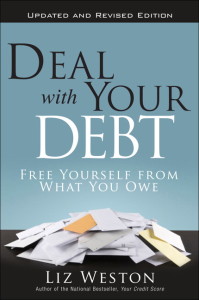 Actually, the new feature from public radio’s Marketplace Money is called “Financial Feud,” but it deals with some family arguments about money that may sound more than a little familiar. Such as:
Actually, the new feature from public radio’s Marketplace Money is called “Financial Feud,” but it deals with some family arguments about money that may sound more than a little familiar. Such as:
- Should I quit work to stay home with the baby when day care eats up most of my pay?
- My husband is going nuts with airline credit cards. He says the rewards are worth the cost. Is he right?
- Where do you draw the line between energy savings and comfort? (Ah, the battle of the thermostat…)
- What’s the best way for roommates to split food costs?
- And then there’s the $10,000 bike…
Check out these very real disputes submitted by listeners, see what the experts have said and weigh in what you think.







